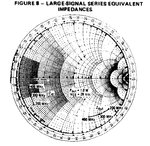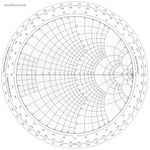Geryhold
Newbie level 5

I need details 2N3866 of In & Out impedance (real and imaginary) for a frequency of 150 MHz. I found datasheets https://www.kitsandparts.com/2N3866.pdf Motorola, and there is a a graph SMITH impednsom and S parameters. But unfortunately the low quality of document and I cant read the required data to me. Help me please.








